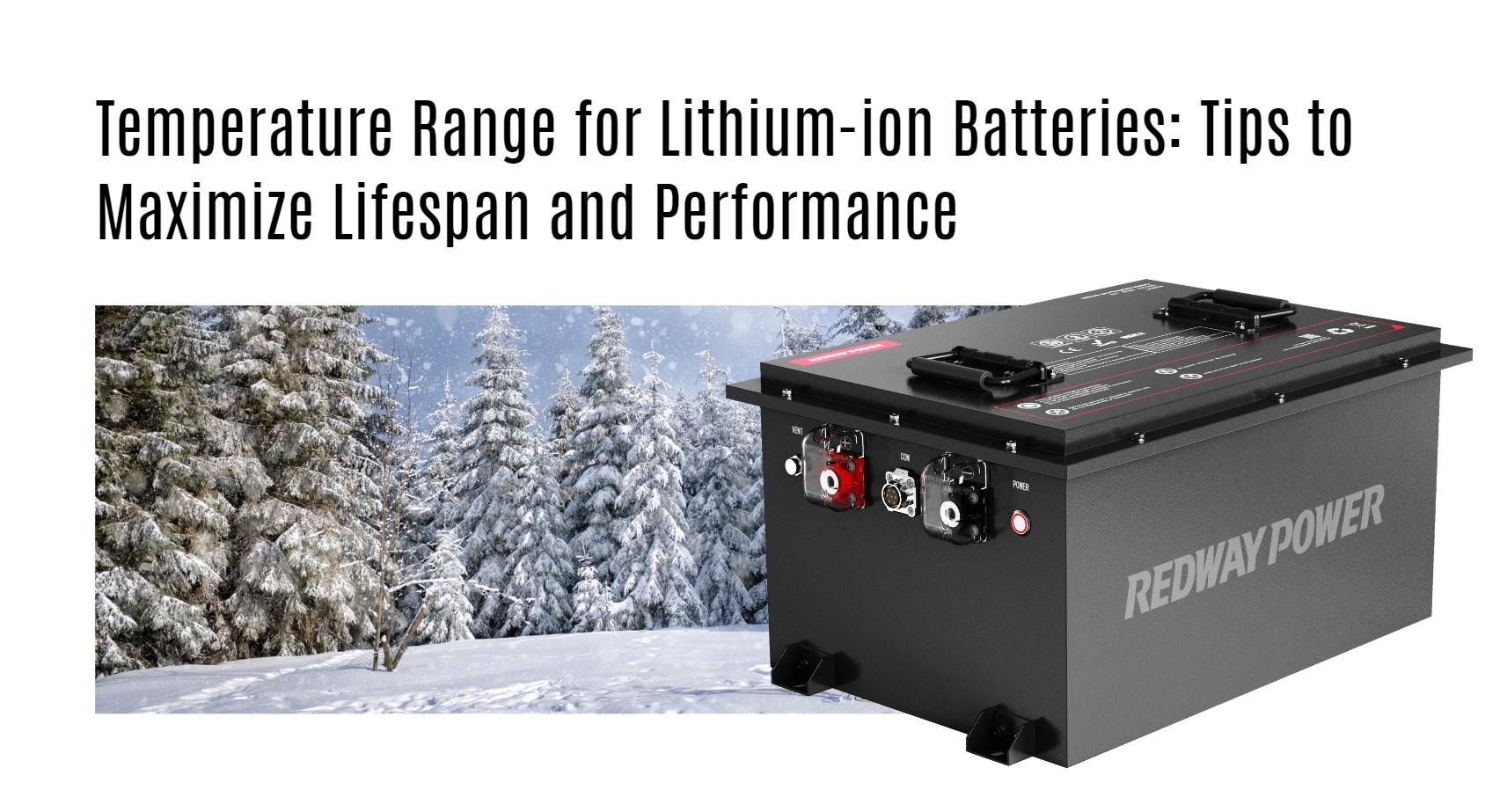In the contemporary landscape of technology, lithium-ion (Li-ion) batteries are the lifeblood powering a myriad of devices, from smartphones to electric vehicles. Understanding how temperature influences these batteries is crucial for maximizing their efficiency, safety, and lifespan. This comprehensive guide explores the ideal operating temperature ranges for Li-ion batteries, factors affecting their temperature, the impact of temperature on battery performance, and practical tips for managing these temperatures effectively.
Ideal Lithium-Ion Battery Operating Temperature Range
Optimal Temperature Range
Li-ion batteries operate most efficiently within a specific temperature range. Generally, this range lies between 15°C and 25°C (59°F and 77°F). Maintaining this optimal temperature range is vital for ensuring maximum efficiency, capacity, and overall battery performance. Operating within this range also significantly extends the battery’s lifespan and minimizes safety risks such as thermal runaway or diminished capacity.
Factors Influencing Li-Ion Battery Operating Temperatures
Ambient Temperature
Ambient temperature, or the environmental temperature surrounding the battery, plays a crucial role in determining the battery’s performance. Extreme temperatures, whether hot or cold, can adversely affect the battery’s efficiency, capacity, and longevity. High ambient temperatures accelerate the aging process, leading to capacity degradation, while low temperatures impair the battery’s ability to deliver power effectively.
Discharge/Charge Rate
The rate at which a Li-ion battery is charged or discharged significantly influences its operating temperature. Rapid charging or discharging generates more heat, elevating the battery’s temperature. Moderate discharge and charge rates, however, can be managed without substantial temperature fluctuations, thereby reducing thermal stress and prolonging battery life.
Battery Design and Chemistry
The design and chemical composition of a Li-ion battery can impact its temperature tolerance. Different battery chemistries exhibit varying sensitivities to temperature. For instance, Lithium Iron Phosphate (LiFePO4) batteries offer enhanced thermal stability. Additionally, the arrangement and size of the battery cells influence heat dissipation capabilities.
Ventilation and Cooling Systems
Effective ventilation and cooling systems are critical in regulating the operating temperatures of devices containing Li-ion batteries. Proper ventilation allows heat generated during battery operation to dissipate, while cooling systems, such as heat sinks or fans, further help in maintaining optimal temperature conditions.
Effects of Temperature on Li-Ion Battery Performance
Capacity and Efficiency
Temperature has a direct impact on the capacity and efficiency of Li-ion batteries. High temperatures increase the rate of chemical reactions within the battery, leading to a higher self-discharge rate and reduced overall capacity. Conversely, low temperatures slow down these reactions, limiting the battery’s power delivery capabilities. Operating within the ideal temperature range ensures maximum capacity and efficiency.
Lifespan and Aging
Temperature significantly influences the aging process of Li-ion batteries. Prolonged exposure to high temperatures accelerates the degradation of active materials, reducing the battery’s capacity over time. Lower temperatures, on the other hand, slow down the aging process, thereby extending the battery’s lifespan. Maintaining the optimal temperature range is essential for maximizing battery longevity.
Safety Concerns
Extreme temperatures pose serious safety risks for Li-ion batteries. High temperatures can lead to thermal runaway, a condition where the battery temperature increases uncontrollably, potentially causing fires or explosions. Low temperatures may cause the battery’s electrolyte to freeze, resulting in irreversible damage. Adhering to recommended temperature ranges is crucial for safe battery operation.
Tips for Managing Li-Ion Battery Operating Temperatures
Avoid Extreme Temperatures
Minimize exposure of Li-ion batteries to extreme temperatures. Avoid leaving devices in direct sunlight or freezing conditions for extended periods. Optimal storage conditions for unused batteries typically range between 15°C and 25°C (59°F and 77°F).
Moderate Discharge/Charge Rates
Avoid rapid charging or discharging whenever possible. Moderate rates reduce heat generation, helping to maintain stable operating temperatures. If fast charging is necessary, ensure the device or charger is designed to handle it without excessive temperature rise.
Provide Adequate Ventilation
Ensure devices containing Li-ion batteries have proper ventilation to allow for heat dissipation. Avoid obstructing ventilation outlets, as trapped heat can elevate battery temperatures.
Implement Cooling Measures
For devices subject to heavy usage or high ambient temperatures, consider additional cooling measures. Use heat sinks, fans, or other cooling systems to actively regulate battery temperature and prevent overheating.
Regular Maintenance and Inspection
Perform regular maintenance and inspection of devices with Li-ion batteries. Look for signs of overheating, such as unusual warmth or bulging batteries, and address issues promptly. Replace damaged or degraded batteries to maintain optimal performance and safety.
Optimize Charging and Discharging Times
Avoid charging Li-ion batteries to 100% or discharging them to 0% frequently. Keeping the charge level between 20% and 80% can benefit both lifespan and temperature management.
Utilize Battery Management Systems
Devices equipped with Battery Management Systems (BMS) can effectively monitor and regulate operating temperatures. BMS can prevent overcharging or over-discharging and ensure safe and efficient battery operation.
Conclusion
Effective temperature management is critical for optimizing the performance and lifespan of Li-ion batteries. By maintaining batteries within the optimal temperature range, ensuring adequate ventilation, and avoiding extreme conditions, you can enhance battery efficiency and safety. Implementing these best practices will ensure your Li-ion batteries perform at their best, providing reliable power for all your devices.
FAQs
What Temperature Is Harmful for Lithium-Ion Batteries?
Temperatures above 60°C (140°F) generally harm lithium-ion batteries, potentially leading to capacity degradation and safety risks.
What Is the Critical Temperature for a Lithium Battery?
The critical temperature for a lithium battery is typically around 80°C (176°F), beyond which there is a significant risk of thermal runaway and safety hazards.
What Is the Temperature Efficiency of a Lithium-Ion Battery?
The temperature efficiency of a lithium-ion battery refers to its ability to maintain optimal performance within a specific temperature range, typically between 15°C to 35°C (59°F to 95°F).
Is 40°C Too Hot for a Battery?
Yes, 40°C (104°F) is approaching temperatures that can negatively impact lithium-ion battery performance and longevity. It is advisable to avoid prolonged exposure to such high temperatures.




